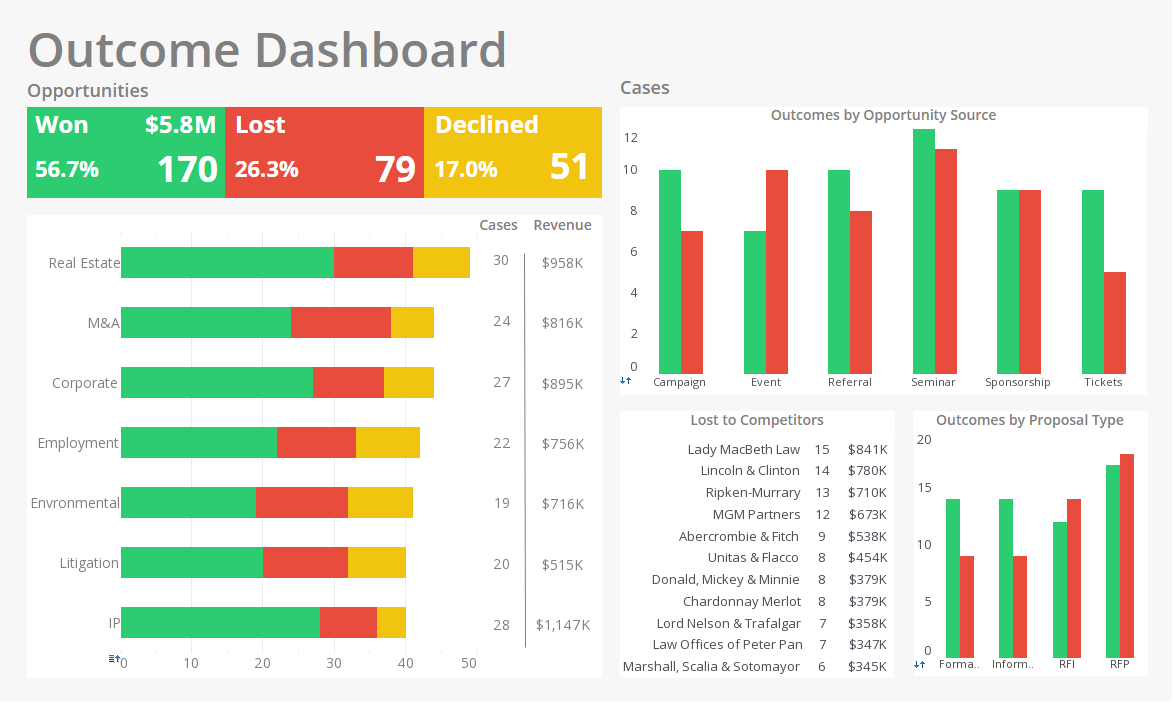InetSoft Webinar: Linking Performance Management and Knowledge Management Assets
This is the continuation of the transcript of a Webinar entitled, "Knowledge Driven Performance Management” hosted by InetSoft. The speaker is Christopher Wren, Principal Consultant at TFI Consulting.
Also, to make sure that when we link a performance indicator to knowledge assets, it’s those knowledge assets that can actually help Jack fix this problem in the context he’s working in. We’ll talk about that in a little bit.
We got beyond that in terms of the solutions we offer for clients because there’s additional knowledge assets associated with this problem that Jack and his team has. Because Jack’s going to come back with a plan for fixing this problem, we want to link Jack’s plan for fixing this problem to this key performance indicator.
So the next time we come back to review his status, we can not only look at these assets that Jack can take advantage of, but we can also look at the plans that he has put in place to fix this problem and see how he’s doing against that plan.
So now this key performance indicator that’s part of this metrics hierarchy not only become a place where we’ve reported but also a place where we’ve identified a problem. We’ve also provided Jack with specific guidance as to which assets he can use to help fix this problem.
We’ve also used this place as a place where we can now monitor the progress of Jack and his team in terms of fixing this problem so that all the assets that we need to monitor the specific team’s progress to fixing this problem are all available in one place.
Even more importantly, as I mentioned earlier, is that TFI Consulting and some of the vendors we work with have a lot of expertise in the area of searching for a resume or the individual profiles of people working in our company.
Not only can we give Jack access to tangible assets, like reports, but also the contact information of people who are experts in this area within the company. He can pick up the phone or send them an e-mail and, once again, not know that these individuals are going to be able to help him.
Of course, as we expand this out to the online world, there’s even a greater wealth of assets that Jack and his team can take advantage of. So whether it’s some website like Wikipedia or some other website, general purpose information is provided.
Organizations who have processed standards that are in the public domain are well documented. If you go to the ISO website, there’s literally tons of thousands of documents, standards, processes, and procedures that ISO has developed over the last thirty or forty years.
But Jack doesn’t care about most of those. What he cares about are the ones linked to customer relationship management and customer satisfaction. Through tools like Google and other web searching technology, it’s possible to catalog all of this information so that is it tied to the key performance indicators that are part of Jack and his team’s corporate performance management scorecard.
Another example is audio books, podcasts, blogs, Wikis, various resources on the web, and even government resources. They all represent the knowledge assets that can be brought to bear in terms of solving this problem.
So this is kind of a structural view when we talk about linking performance management and knowledge management assets to create a more proactive performance management environment. We can also take a look at something that’s more of an operational view. This is how these things are put into operation.
How a Biofertilizer Producer Links Performance and Knowledge Management
AlgaeGrowth Biofertilizers, a producer of algae-based organic fertilizers, has successfully integrated performance management with knowledge management to optimize operations and product quality. The operations department collects detailed metrics on cultivation cycles, nutrient concentrations, and drying efficiency. By linking these performance indicators with a centralized knowledge repository, the company ensures that lessons learned from each production batch are captured and shared across teams, improving both efficiency and consistency.
Knowledge management plays a critical role in standardizing best practices across multiple cultivation ponds and processing facilities. Operators and scientists document methods for optimizing growth rates, reducing contamination, and improving nutrient profiles, which are then accessible to all relevant staff through dashboards and collaborative portals. This connection between documented expertise and real-time performance metrics enables teams to immediately see the impact of different techniques on yield, quality, and operational efficiency.
Linking performance and knowledge management also empowers strategic decision-making. Management can analyze trends from historical production data alongside operational insights to forecast demand, schedule harvesting, and allocate resources effectively. By visualizing both performance outcomes and the knowledge behind process improvements, AlgaeGrowth identifies areas for innovation and ensures that successful techniques are institutionalized rather than lost due to staff turnover or siloed operations.
The integration of these systems has produced tangible benefits, including higher yields, reduced waste, and faster onboarding of new employees. By embedding knowledge directly into performance dashboards, staff at all levels can make data-driven decisions informed by past experience and proven methodologies. This holistic approach strengthens AlgaeGrowth’s operational resilience, maintains product consistency, and supports the company’s mission to deliver high-quality, sustainable biofertilizers to the agriculture market.


